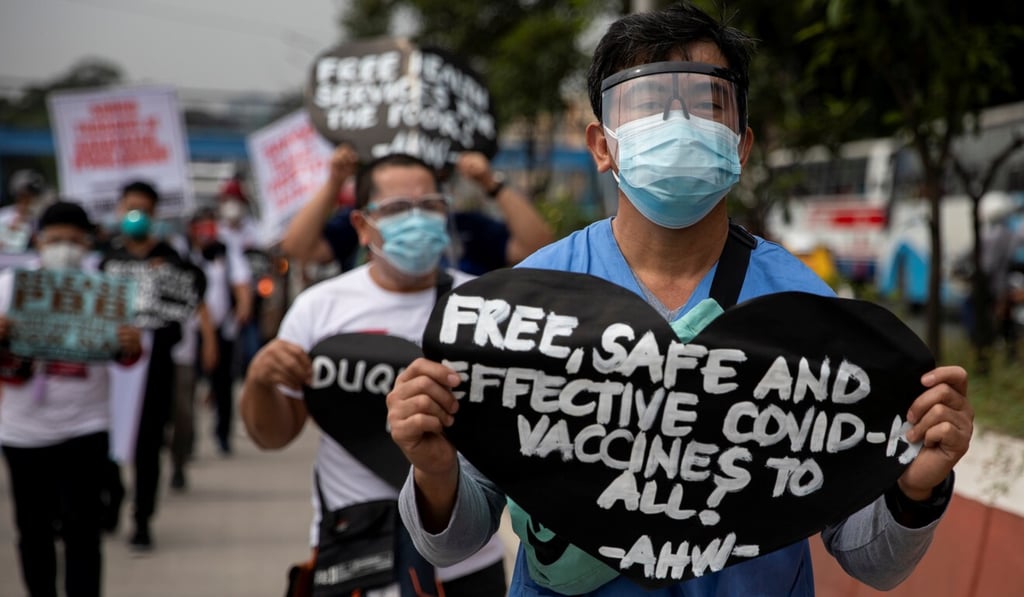Advertisement
Analysis | ‘Late and slow motion’: where the Philippines’ pandemic response went wrong
- With more than half a million cases and nearing 12,000 deaths, the country’s approach to curbing Covid-19 has been marked by missteps and confusion
- Former officials blame the sluggish roll-out of testing, tracing and quarantine protocols. President Rodrigo Duterte’s lack of leadership hasn’t helped either
Reading Time:4 minutes
Why you can trust SCMP
10

After the Philippines recorded its first death from Covid-19 on February 1 last year, President Rodrigo Duterte assured Filipinos: “Everything is well … there’s really nothing to be extra scared of the coronavirus thing.”
The victim – the first person to die of the disease outside China – was a 44-year old man visiting from Wuhan, the Chinese city where the first novel coronavirus infections were reported. By then, countries around the world including Russia, Japan and Australia had closed or were about to close their borders to arrivals from China, but Duterte scoffed at calls for him to do the same.
“China has been kind to us, and we can only show the same favour to them”, he said, in keeping with his policy since taking office in 2016 of building closer ties with Beijing while moving away from traditional ally the United States.
Advertisement
Yet his remarks, which struck health experts as dismissive, ended up setting the tone for his administration’s handling of the pandemic. A year later, the Philippines and its population of 108 million are still struggling to cope with a rising infection rate and economic devastation, despite having one of the world’s strictest and longest lockdowns in Metro Manila.

Advertisement
Advertisement
Select Voice
Choose your listening speed
Get through articles 2x faster
1.25x
250 WPM
Slow
Average
Fast
1.25x